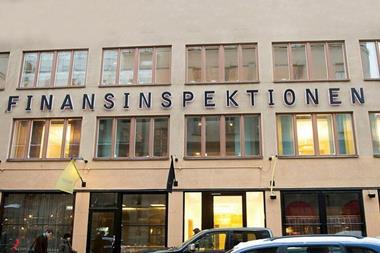The retail horizon in London is diverse, well organised, and easily accessible. Take Bond Street, home to many of fashion’s international super brands. The northern part takes us from upmarket department store Fenwick’s, to Scottish knitwear in Pringle, Italian designer houses Dolce & Gabanna and Armani, and a stroll down to Hermès and Louis Vuitton. Further south, Old Bond Street, home to the world’s luxury jewellery brands – Cartier, Tiffany, and De Beers.
Brands have a powerful presence in central London, most of all in the prime locations. Internationally, an upmarket retailer locating in Bond Street has a more prestigious address; a fact not lost on property investors.
In a climate where economic fundamentals are less sound and occupational markets shaky, money is still being channelled enthusiastically into UK retail property, London in particular. Interest from private millionaire investors is high, especially middle eastern and Irish buyers, specifically in traditionally prestigious locations, such as Knightsbridge and Mayfair. To some extent this reflects sentimental drivers of prime retail property investment, as wealthy private investors match investment decisions to their lifestyles.
Also, however, it reflects the long-term security and low-risk profile of well established brand name markets. The long-term credibility of central London as a top-end retail destination is perceived to be well established to ensure superior, consistent investment returns.
UK retail property outperformed offices and industrial over the last one, three and five years, and offices over the past 10 years, while London outperformed the UK over the last 10 and 20 years. Furthermore, volatility of yields in the London sub-markets is the lowest over a longer time horizon.
Investment in retail property in London’s West End hit £482m (e712m) in the year to March 2005, up from £266m in the previous year. Private individuals accounted for 17.5% of this, and together with overseas investors, their market share was over 36%.
Investment demand shows no signs of abating and the weight of money has driven the UK prime property yield to 6.19%, the lowest since the early 1980s – prime headline yields for UK shops are now at 4.25%. Prime retail yields on New Bond Street are the lowest in the country, at 4%, with some deals transacting at even keener yields in some locations.
BP recently sold the Knightsbridge Estate in west London to Quinlan Private, chaired by Derek Quinlan, a Dublin-based former tax inspector, at a price of circa £54m. The retail is anchored by luxury department stores Harvey Nichols and Harrods - the price reflects an initial yield in the region of 3.75%. Although keen, unlike other sectors where there is a risk of over-pricing, a deal of this nature only occurs once every few decades – the strength of branding here is unlikely to fade.
There has, however, been a shift in the decision making process – investors are considering the performance of retailers, not always the case previously. The consumer slowdown, and the impact on the high street, may have a stronger influence going forward. Trading performance of some retailers has been weak, particularly in central London, as global risks increased following Iraq and the terrorist attacks of 11 September 2001, hitting tourism.
The strength of covenant remains split, with most activity from smaller niche UK players, such as Reiss, LK Bennett and Office Shoes, or from overseas (eg, Zara/Mango). Covenant risk is slightly higher as a result. UK multiples are less active, with the recent demise of some well known domestic players and consolidation between others.
Despite a less favourable trading climate, some areas of London have seen good growth. The Kings Road has seen strong rental growth due to high demand and limited supply. Regent Street, in the midst of a quite extensive redevelopment programme, has seen considerably improved performance and a number of high profile lettings, including the opening of the Apple flagship store. What do these areas of London have in common? Active management. The Cadagon Estate and the Crown Estate have implemented good management strategies, and the retail mix successfully ensures above average rental growth.
Compare this with areas heavily reliant on tourism – for example, Oxford Street. Recent performance has been unimpressive, with the trend in the dollar reducing the number of US tourists on the streets, while Bond Street has benefited from aggressive competition between luxury retailers requiring a prestigious location to support the promotion of their brand.
Investment demand remains strong, and yields may compress further in the short term – the question therefore arises of over-heating. Short-term investors looking for high gains are most at risk. Long-term investors looking for consistent, relatively low-risk returns should continue to view central London retail with interest. And it is not only the traditional areas of prestige that are likely to perform well over the longer term.
New areas of growth are emerging. Those actively managed provide scope for good investment opportunities, especially where pricing is not as keen as in key locations. They include: Notting Hill and Westbourne Grove, which are attracting a more affluent resident population; Lower Sloane Street and Sloane Square, with a prominent mix of luxury niche retailers and good active management; and Marylebone High Street, with a successful retail mix, hand-picked by the Howard De Walden Estate to match local needs.
So, is this a good time to be investing in central London retail? The answer very much depends on risk appetites and careful consideration of the retail mix. Over the long term, Central London will remain an important centre for international retail, and the prestigious brand of location will always be a key driver to the upmarket retailers locating there.
Indeesh Bhogal is investment strategy and forecasting analyst at Cushman & Wakefield Healey & Baker












No comments yet